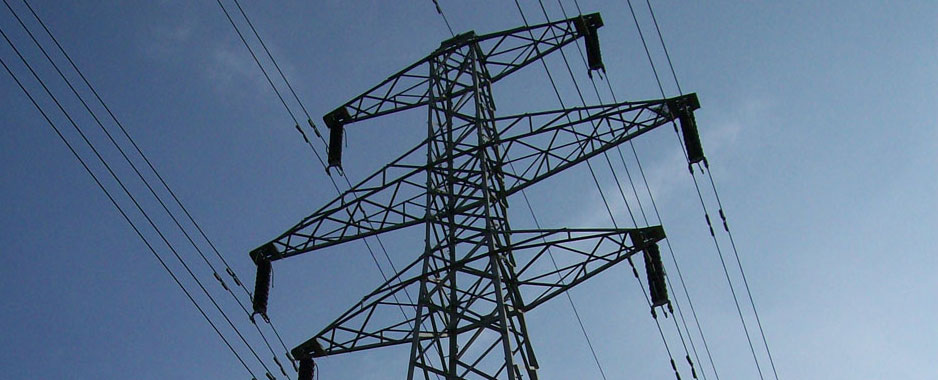
Johannesburg will become a megacity by 2030, meaning the city will have to adapt to accommodate over 10m residents, with the Internet key to its nervous system.
A report by Allianz entitled “The Megacity State”, explains that in 1950, there were just two of these conurbations of at least 10m people: New York and Tokyo. In 2015, there are 29, with 16 of them in Asia. By 2030, there will be 41, including Johannesburg.
Megacities punch above their weight, the report shows. In 2010, 6,7% of the global population lived in these cities.
“Their thirst for energy, measured in terms of global consumption, was just as high,” it said. “They used 3% of global fresh water and generated 14,6% of global GDP. The most powerful megacities — New York, London, Tokyo and Paris — have bigger economies than most other countries.”
Megacities concentrate opportunities, talent and investment. A large portion of the estimated $100trn assets under their management by 2020 is likely to be traded in the growth regions.
In Asian and African megacities, children younger than 15 years make up at least a quarter of the population. In these places, basic sanitation, energy, healthcare, education and transport services will be critical to enable young people to become productive citizens and thereby allow societies to fully exploit their demographic dividend, said Allianz.
Many researchers view the city of the future above all as a compact entity characterised by short distances. “The ideal city will be made up of many autonomous centres,” said Thomas Liesch of Allianz Climate Solutions.
“People will live and work in their respective districts, which will in turn save them a lot of time and energy. Fewer cars mean more space for pedestrians and a network of green spaces will connect the individual neighbourhoods. This sort of development would improve the climate and leave more space for leisure activities and food production.”
With resilience in mind, academics, politicians and business representatives have developed a vision of a smart city, Allianz explained.
“The nervous system of tomorrow’s intelligent city will be based on the Internet: electricity, transportation as well as supply and disposal systems will all be electronically linked.
“Buildings will produce their own electricity and even store it, for example using high-powered battery storage systems.
“This will result in a decentralised energy generation and storage system, which will have the additional benefit of mitigating the impact of power outages.
“Automatic traffic control systems will respond to real-time data, reducing traffic and redirecting it if necessary. The workplace and the home will merge. Supply chains will be optimised.”
Questioning whether all cities, like Johannesburg, will transform into the perfect smart city, Allianz said there is “no one-size-fits-all model according to which life in the city of the future will work”.
However, as the Allianz report shows, many interesting solutions and approaches are already in place to address the most pressing challenges.” — Fin24


